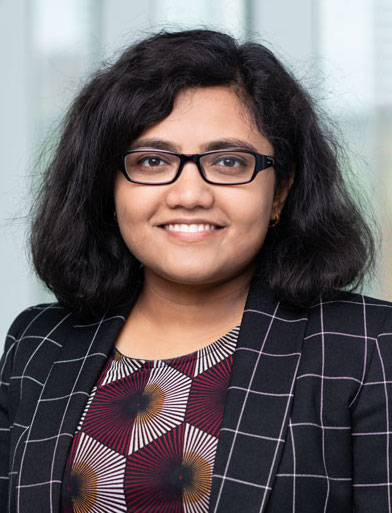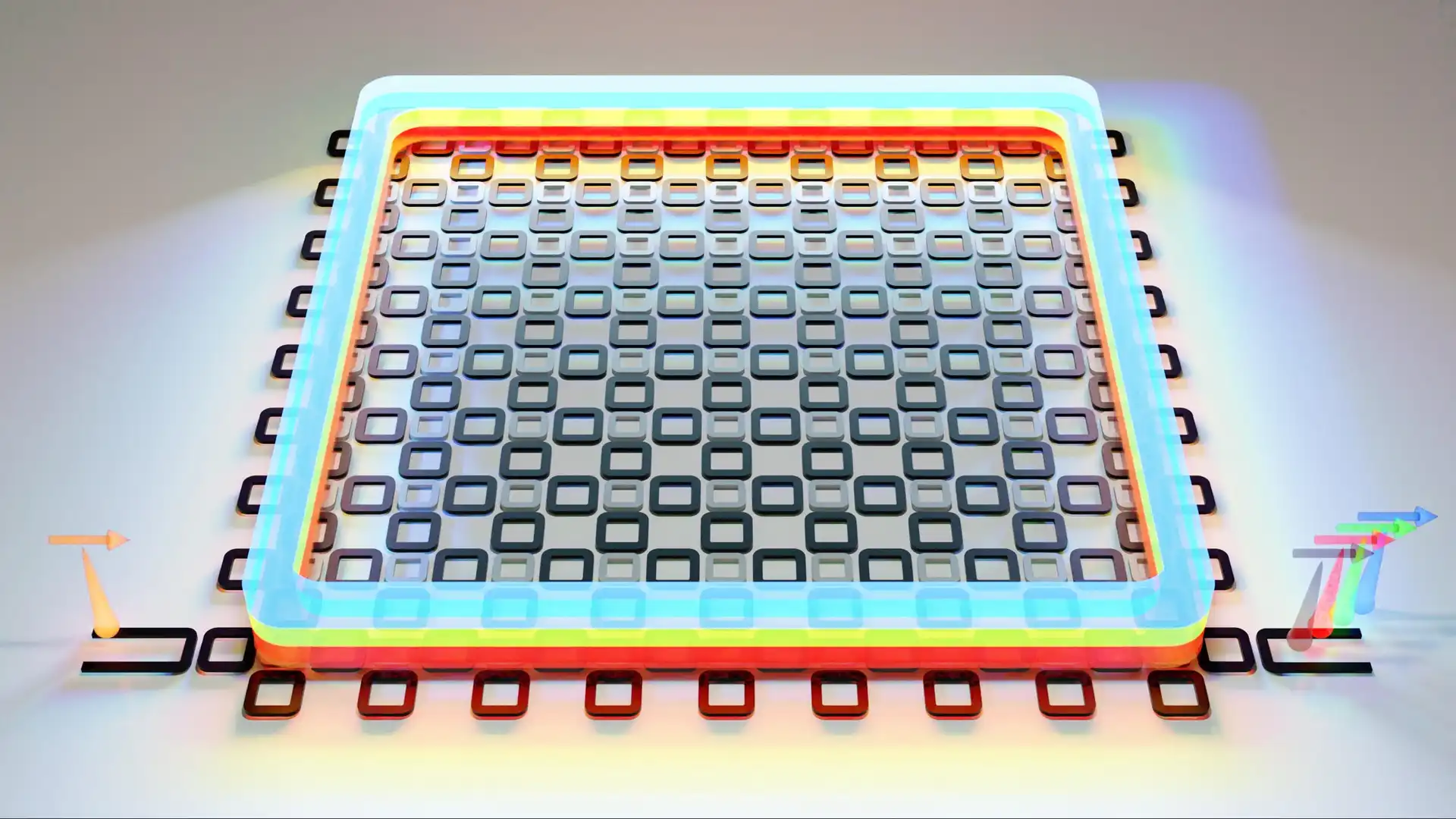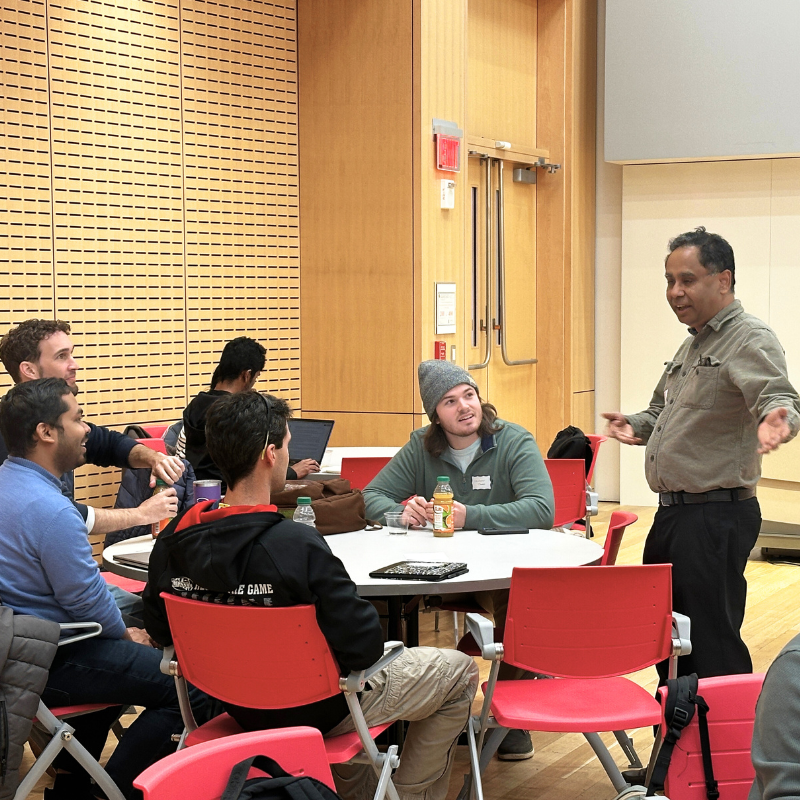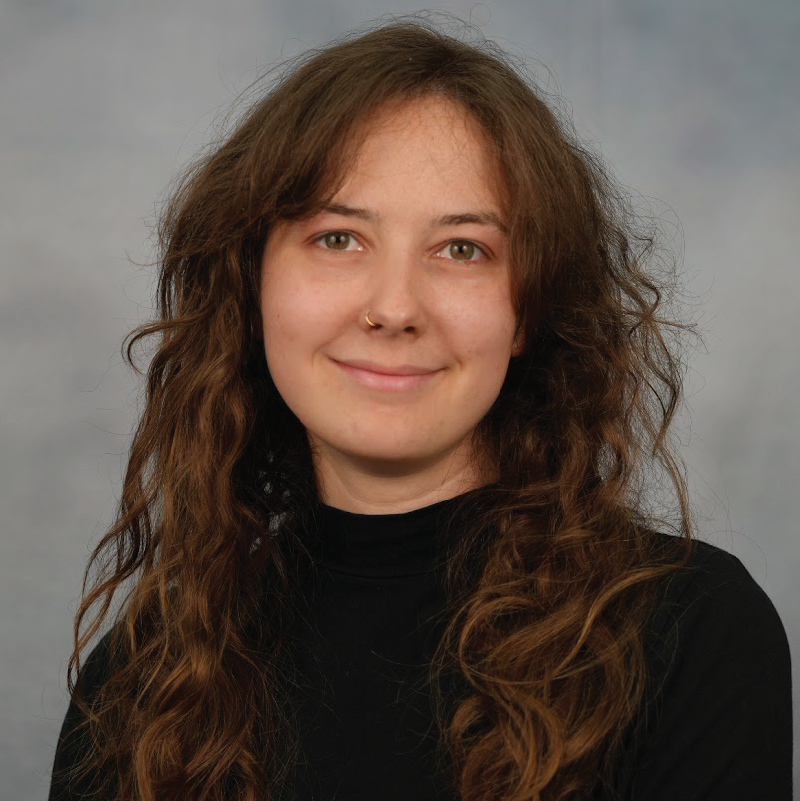News Story
2014 Dean's Student Research Awards Announced
Clark School of Engineering Dean Dr. Darryll Pines has announced the winners of the 2014 Dean’s Doctoral and Master’s Student Research Awards. The competition, created by Pines, recognizes distinguished Clark School student researchers with the purpose of propelling their careers and demonstrating the value of high quality engineering research. Members of department advisory boards judged the entries of each student in department-level competitions. Winners are listed below.
Doctoral
First Place
Amy Marquardt, Materials Science and Engineering
Advisor: Ray Phaneuf
“Application of materials science to cultural heritage: Protecting Art with Nanotechnology”
Marquardt’s research involves a novel application of a technique used in nanotechnology, atomic layer deposition (or “ALD”) to the preservation of Cultural Heritage objects crafted from silver alloys. The conservation of silver art objects is a monumental challenge for large museums whose objects may be sensitive to atmospheric gas-induced corrosion or tarnish. Her results demonstrated effective lifetimes for visually acceptable ALD films which exceed the approximate 10 years for thick nitrocellulose films by factors ranging from 10 to 35– these films should be effective for between one and three and a half centuries. The judges were impressed with the clarity and completeness of her presentation and her ability to utilize a novel scientific approach for the protection of heritage artifacts.
Second Place
Omur Ozel, Electrical and Computer Engineering
Advisor: Sennur Ulukus
“Coding and Scheduling in Energy Harvesting Communication Systems”
Ozel's research focuses on determining information theoretic capacity limits of communication systems with energy harvesting transmitters. Energy harvesting technologies enable energy self-sufficient, energy self-sustaining operations for wireless devices, most notably in wireless sensor networking applications. Ozel's research determines the ultimate channel capacities as well as explicit coding and transmission schemes for such systems, yielding general design principles for current and future energy harvesting communication networks. The judges were impressed with Ozel's novel contributions to information theory. His work has the potential to significantly impact future sensor networks.
Third Place
Chia-Pin Liang, Bioengineering
Advisor: Yu Chen
“Real-time Monitoring of Hemodynamic Changes in Tumor Vessels during Photo-immunotherapy Using Optical Coherence Tomography”
The judges were impressed with the novelty of using optical sensing to reduce the occurrence of blood vessel hemorrhaging during neurosurgery.
Masters
First Place
Elena Shrestha, Aerospace Engineering
Advisor: Inderjit Chopra
“Development of a 100-gram Micro-Cyclocopter Capable of Autonomous Hover”
Elena’s contribution to the field of microair vehicles (MAVs) from design and implementation of the first cyclocopter MAV to successfully achieve stable hover was presented to the awards panel. Additional work included the development of control strategies and wind tunnel testing enabling the first successful forward flight of a cyclocopter. The awards panel recognized the value of this technology in accessing environments hostile to humans with both military and civilian applications.
Second Place
Kevin Diehn, Chemical and Biomolecular Engineering
Advisor: Srini Raghavan
"Gel Formation by the Self-Assembly of Small Molecules: Insights from Solubility Parameters"
Kevin’s research investigates the many small molecules that are known to convert liquids into gels. The program and methodology that Kevin created allows us to predict which types of liquids will be gelled and which will not. It also helps predict whether a molecule in a given solvent will form a gel, a thin solution, or an insoluble precipitate. Gelation of liquids is important in many applications, including oil recovery, oil-spill treatment, drug delivery, cosmetic products, etc. His program is currently being used by other scientists and engineers to predict the behavior of gels not in his study.
Published July 1, 2014









